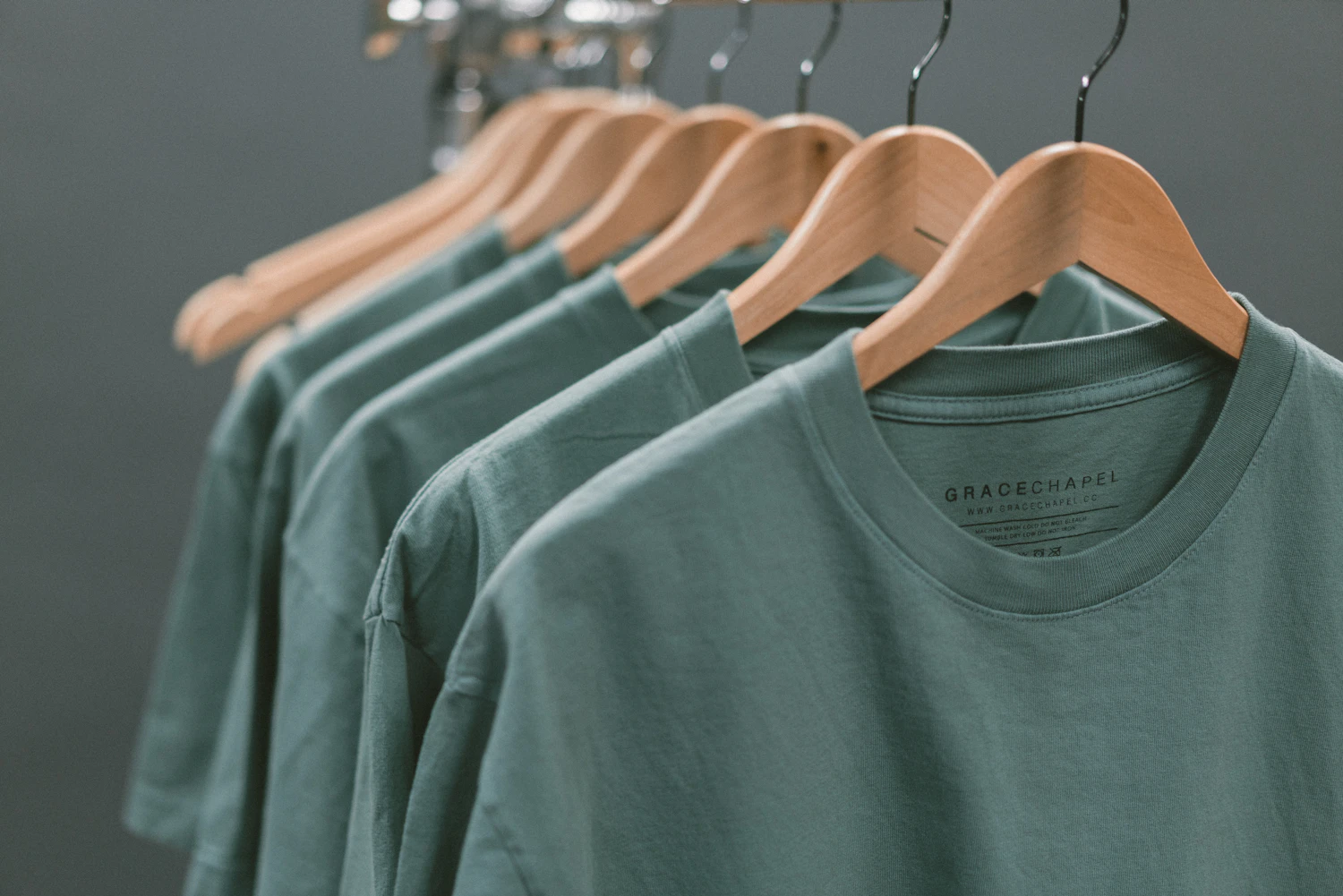12.26FRI
Industrial Structure Issues Solved by Circular Economy: The "Consumer Cotton Project"

Currently, sustainability has become an important keyword throughout the industry. However, many of these efforts focus on environmental considerations in production and materials. There are not enough initiatives that involve consumers in methods of collection, recycling, and reuse beyond production.
In response, Shogo Minemura from ZOUKEI-KOUSOU launched the "Consumer Cotton Project" to realize a circular economy by focusing on cotton. We interviewed him about the project overview and the challenges in improving industrial structure.
PROFILE

Shogo Minemura
Service Designer
Master’s Second Year, Graduate School of Art & Design, Musashino Art University
After graduating from Aoyama Gakuin University, he worked in a textile trading company planning, developing, and marketing textiles. In 2015, he joined FABRIC TOKYO and was in charge of creative direction, BX design, and service design. On October 1, 2020, he established ZOUKEI-KOUSOU on Design Day.
Social Material Focused on Secondary Distribution
First, could you tell us about the "Consumer Cotton Project"?
The "Consumer Cotton Project" is a social material project that promotes circular economy in the apparel industry.
Specifically, the "Consumer Cotton Project" handles the "collection and sorting" of old cotton clothes when users are ready to dispose of them. It creates a platform that allows consumers to participate in the circular route by selecting and reusing the items.
This article is for members only.
Please register to read the rest of the article.
What you can do with a membership
- Read members-only articles
and use text-to-speech. - Unlimited article favourites
and browsing history. - Attend members-only events.
- Get the latest information
with our email newsletter.
CONCEPT VIDEO
"fashion tech news" Unveils New Logo & Concept Video
TOP ARTICLES
RELATED ARTICLES
CONCEPT VIDEO
"fashion tech news" Unveils New Logo & Concept Video
CONTACT
If you have any questions or enquiries, please enter your details in the form below.

















.png?w=400&fm=webp)


